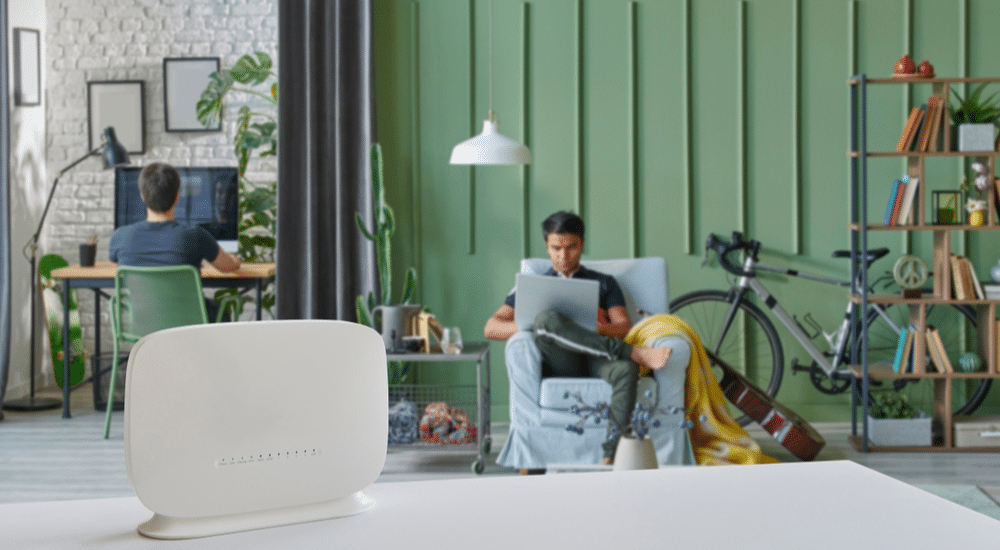What can I do to ensure my home is mould-free?
As I’ve discussed in previous posts, mould can be a pressing health issue in our living spaces. Our homes should be places that help us feel calm, healthy, and happy. Mould can prevent this from happening in a silent and insidious way.
In fact, mould is often responsible for various physical and mental health challenges. These include depression, anxiety, coughs, wheezes, bronchitis and even eczema. For a closer look at the other health conditions mould can trigger, give my piece on mould growth a quick read.
While getting rid of mould can be a more long-term and structural effort, preventing it is much easier. It is also much cheaper.
Whether you’re moving into a new home or have been in your space for years, it doesn’t matter. Taking steps to combat mould can make your sanctuary a more enriching space. Here’s a quick look at a few things you can do.
Proper ventilation is the most important thing for your home!
It’s true that today, our homes feature a more open-space design and allow fresh air and sunlight to flow in. That said, it’s still important that we go out of our way to make sure our spaces are ventilated.
Mould forms in damp areas with excess moisture and where there is a source of “food”. Just about anything can be a food source, from household dust to the material we build with and the furnishings we choose. Ventilation reduces this possibility to a great extent. This is especially important when it comes to your kitchens and bathrooms.
When you’re cooking or bathing, it’s easy for moisture to build on your walls. If neglected, this can lead to extensive mould damage over time. While you’re cooking or bathing, crack open a window to let steam or moisture out.
Dry anything that gets wet—especially your carpets!
Things get wet. This includes our carpets, wallpaper, or even furniture. To prevent mould from becoming an issue, it’s important that you dry any furnishings that are damp as soon as possible. If you have a flood or significant water event where furnishings or flooring get wet, it must be dried out within 24-48 hours.
If not, you can almost guarantee you will have a burgeoning mould problem, possibly throughout your home.
Even if you only notice an unpleasant smell coming from your carpet, that may be mould. Even if it’s invisible, it could be spreading in your environment. To begin with, make sure you’re buying high-quality carpeting with microbial properties.
Another way you can prevent mould from forming on your carpets is by vacuuming them regularly. I always recommend using a vacuum with a HEPA filter and a motorised head.
Clear out your storage or garage before the winter
During colder seasons, it’s much easier for your clutter or old belongings to become mouldy. It’s true that out of sight generally means out of mind. When you chuck your belongings in stuffy wardrobes where there’s no circulation, however, this can spell trouble.
This is particularly the case, it seems, with leather goods. Never keep leather goods, footwear or handbags in confined spaces like wardrobes, especially those adjoining external walls. This is becuase there is a greater likelihood that moist air will condense on the colder wall.
By removing, selling or recycling old belongings, you clear your home of clutter, increase your storage space and prevent mould from forming. The risk, here, is usually high because many of us put our things in the garage and never bother to check their condition.
Don’t dry your laundry indoors!
Another big no-no when it comes to mould is drying your clothes indoors. This is because the moisture from your damp clothes can evaporate and collect on your walls. It may even collect on your ceiling!
If you’re using a dryer inside your home, open your windows and close the door to your laundry room. This will prevent moisture from escaping into the other parts of your home. If allowed to do so, it can condense on cold surfaces and lead to an outbreak of mould.
Invest in anti-mould technology
Today, there are plenty of devices on the market designed to combat mould. One of my favourites is a dehumidifier.
Dehumidifiers are not only relatively inexpensive, but they’re also very good at removing moisture in your air. Many of the people I work with don’t realise just how much water there is in the air around them. By reducing the humidity in your home, you prevent issues like dust mites and mildew, in addition to mould!
Apart from dehumidifiers, there are other products that can prevent mould from forming in certain parts of your home. These include paint protectors and detergents.
Make sure your home is mould-free by finding out how extensive this issue is
Before you commit to any mould removal or prevention, it’s important to identify its spread in your space.
At Building Harmony, I support you with mould inspection and moisture investigation services. In doing so, I help you identify how extensive these issues are or whether you have a problem in the first place.

